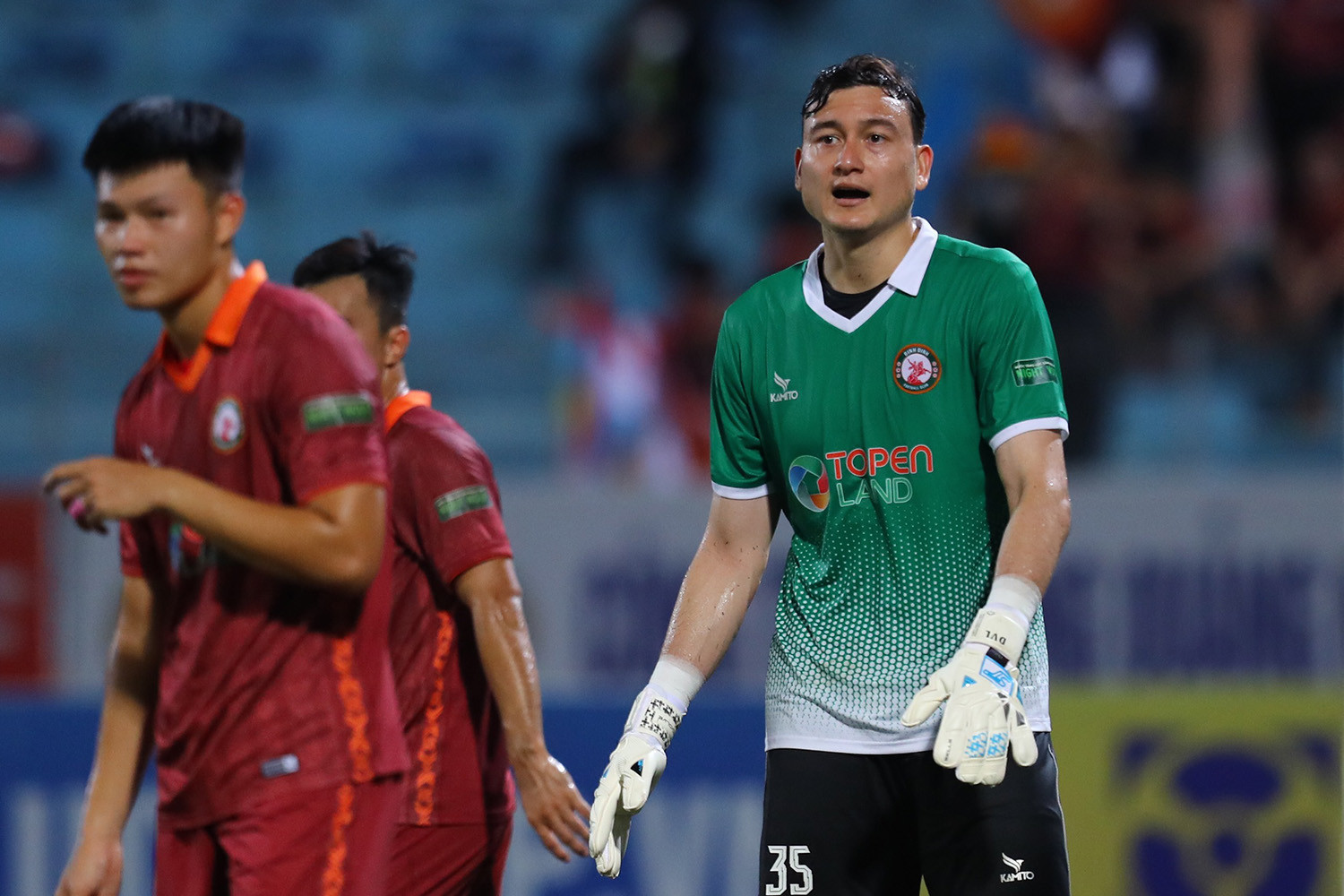However, as the money flows, there are concerns about the sustainability of this influx and whether the sport might face a financial drought once the initial excitement subsides.

Vietnamese football has recently been abuzz with high-profile transfer deals. On August 13th, the Vietnamese football scene witnessed another multi-million-dollar transfer as goalkeeper Dang Van Lam officially joined Thanh Nien Ho Chi Minh City FC—a newly promoted club in the First Division for the 2024/2025 season.
According to sources, the four-year contract for the Vietnamese-Russian goalkeeper is valued at nearly 30 billion VND (approximately 1.25 million USD), excluding salary, bonuses, and other benefits.
While the signing bonus Van Lam received rivals the budget of a lower-ambition First Division club, his transfer isn't the most expensive in Vietnamese football history, trailing behind the likes of Quang Hai, Tuan Hai, and possibly Hoang Duc in the near future.
Van Lam’s transfer is just one of many multi-billion VND deals involving domestic players this season, not to mention foreign players or high-profile stars in the V-League, such as Jason Pendant Quang Vinh.
But what comes after the money rain?
The bustling transfer market in the V-League and the First Division is undoubtedly a positive sign, reflecting the vitality of the sport and the opportunity for players to secure life-changing contracts.
However, there are concerns that after this “money rain,” Vietnamese football could face a financial drought—not just in the transfer market but in the overall stability of the leagues, especially if the money dries up.
These fears are not unfounded. Take, for example, Binh Dinh FC, the runners-up of the 2023/2024 V-League. Once dubbed the "PSG of Vietnam" upon their return to the V-League, the club now faces financial difficulties, leading to the departure of key players. The issue is not just about changing strategies but also a significant financial shortfall.
Looking back, many will recall the period from 2008 to around 2014 when Vietnamese football saw the emergence of new sponsors and an equally vibrant transfer market. Back then, it wasn’t unusual to find players earning billions, whether their skills justified the price or not.
However, after this golden period, financial woes hit hard. Struggling with business challenges, club owners began to withdraw from the V-League, citing issues such as match-fixing scandals and the lack of integrity in the sport. This exodus left Vietnamese football in a barren state, both in terms of achievements and vitality.
With the current influx of money in the V-League and the First Division, there is a looming concern about the future. What will happen when club owners lose interest or run out of funds?
These worries are not without basis. Many V-League clubs still owe players salaries and bonuses, some even facing penalties from FIFA. In the First Division, several teams struggle with the financial resources needed just to participate, highlighting the potential for a future financial crisis.
Duy Nguyen